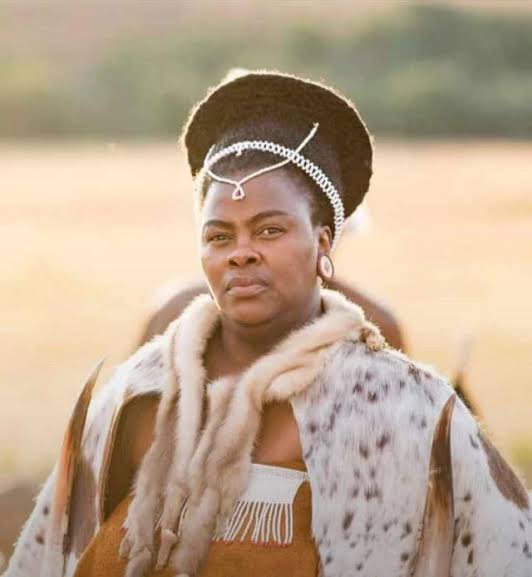1. THE WITCHCRAFT TRIAL OF PRINCESS MNCENGENCE KHUMALO 🇿🇼
Umnxeba .... 🧵
Princess Mncengence was King Lobhengula's sister who rose to prominence after Lobhengula's succession of King Mzilikazi. In the Ndebele kingdom there were two capital offences : treason and witchcraft.
Umnxeba .... 🧵
Princess Mncengence was King Lobhengula's sister who rose to prominence after Lobhengula's succession of King Mzilikazi. In the Ndebele kingdom there were two capital offences : treason and witchcraft.

2. The crime of ubuthakathi was significant in that there was a belief that for misfortune to occur in a person's life it was either the person's amadlozi were angry and needed to be appeased or the misfortune was caused by witchcraft.Only an isanusi/seer could sniff out a witch.
3. When king Lobhengula ascended to the throne, he continued with the alliance between the Ndebele and the Shangani kingdom. He married a Shangani Princess Xhwalile Nxumalo the daughter of King Mzila of the Gasa people. 

4. Queen Xhwalile's royal house was at Emganwinini. She had been earmarked to be the one who would give birth to King Lobhengula's heir to his throne. Ten more princesses from King Mzila's kingdom were given to King Lobhengula's as wives and Xhwalile was their head queen. 

5. Despite many attempts Queen Xhwalile failed to conceive the royal child. After many rituals and consultations, King Lobhengula's head isanusi Gulukudwana Zondo sniffed out Princess Mncengence as the one who had bewitched Queen Xhwalile. 

6. Princess Mncengence was accused of seeking to block her brother from having an heir so that she could maintain her influence in the royal courts and diminish the powers of the queens. She was brought on trial before her brother King Lobhengula who ordered her execution. 

7. Six other people who were alleged to have been complicit in Princess Mncengence's witchcraft were also executed. The Ndebele philosophy was that umthakathi kancengwa uyaphohozwa ngenduku. (there is no mercy for witches they must be executed).
8. Where evidence of witchcraft was inconclusive, suspects were not allowed to remain in the mainstream community but were instead banished.They were banished to places like eZihwabeni (between Solusi and Plumtree) or emaguswini amnyama, the dark forests in Matabeleland North.
9. Some of the methods used to punish abathakathi included piercing through the anus or the centre of the head with a sharp object, tying stones around the neck of an offender before being drowned in water or just being stabbed to death with multiple spears.
10. King Mzilikazi was known to be more merciful on crimes of witchcraft and always preferred the banishment of witches.During his reign people accused of witchcraft often fled to the royal capital before trial to avoid execution at their districts.However, Lobhengula was brutal. 

• • •
Missing some Tweet in this thread? You can try to
force a refresh
















